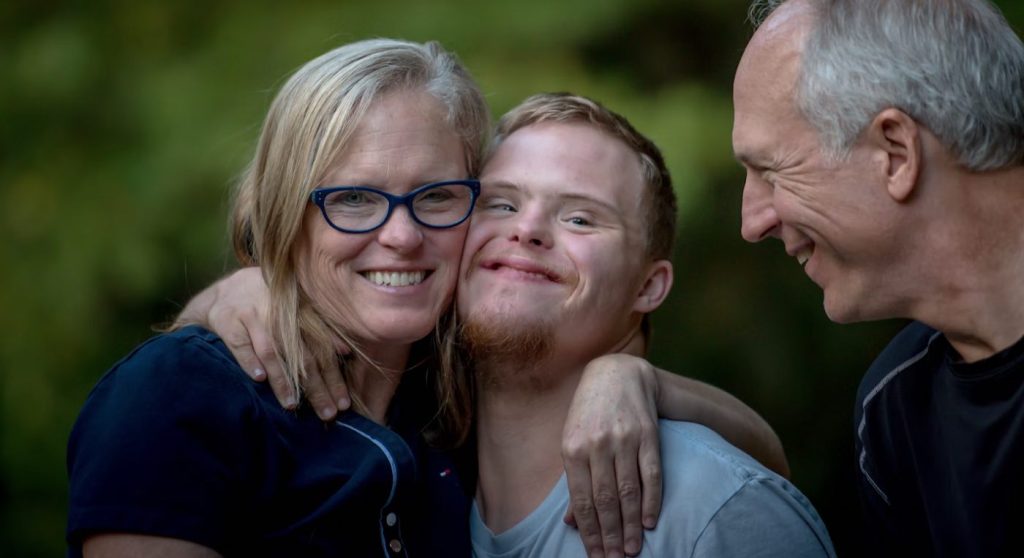
In a laboratory model of Down Syndrome, the CIRSPR gene editing technique successfully removed the duplicate chromosome that causes the condition while also augmenting cell function and fitness, and reduced biological aging.
While the authors are far from even planning a clinical trial, they note it’s the first time the duplicate chromosome, called trisomy 21, has been targeted and removed.
Children born with Down Syndrome can achieve remarkable things, but the genetic duplication which causes it also results in a significantly earlier average age of death (50 to 60) and an increased risk of Alzheimer’s and cardiac issues.
The additional trisomy 21 results in consistent metabolic overactivity, driving the production of reactive oxygen species—a natural metabolic waste product and inflammatory marker that drives the ravages of age.
Using a technique called allele-specific editing, Japanese scientists from multiple universities collaborated on a study that cued the CRIPSR-Cas9 enzyme to seek out the extra trisomy 21 chromosome and snip through it while leaving the rest of the cell and DNA structure intact.
The study was conducted in lab-grown cells and mature skin fibroblast cells taken from a person with Down Syndrome.
In the study, normal cell function was observed in those which had their extra trisomy 21 removed. They reverted to typical patterns of protein manufacturing, showed better survival rates, and more fitness-promoting expression of genes. Genes tied to nervous system development became more active, while those linked to metabolism were dialed down.
About 1 in 700 babies born in the US will develop this duplicate chromosome and thus Down Syndrome. The life expectancy and working capacity of these children as they go through adolescence and adulthood has dramatically increased over the years thanks to inspirational and heartwarming work from countless individuals and organizations.
To put that work in perspective, back in 1900 the life expectancy of people with Down Syndrome was 9 years. In 1984, it was 28 years.
CAFE JOYEUX: Joyous New York City Coffee Shop Hires and Trains People with Autism and Down Syndrome
That has now increased two-fold in the last 40 years, a feat accomplished by advancements in cardiac surgery and general health practice for Downs in and out of the hospital. However, according to the Adult Down Syndrome Center, that progress has significantly leveled off, driven by a strong risk of Alzheimer’s and dementias in Down Syndrome patients as they reach late-middle age.
Another statistic worth noting is that over a period in which the population of the US doubled, the population living with Downs quadrupled, despite trisomy 21’s role in Downs being identified more than 50 years ago—indicating that drivers of trisomy 21 duplication may be proliferating throughout society.
LIFTING UP WITH DOWNS: Powerlifter with Down Syndrome Hailed an Inspiration After Overcoming His Challenges to Win European Gold
Undoubtedly and understandably, however, parents of Downs children will feel upset by the notion that a “cure” is being developed to treat a condition which they themselves do not see as a disease.
The team from Japan stress that the findings do not indicate a direct path toward a therapy, and that the method should be tested in more studies. Some cells, for example, don’t divide. Would CRISPR have to be applied to every single one to reverse the development of Down Syndrome in a fetus? It’s one of several unknowns that the field will have to address as it moves towards a potentially controversial, yet doubtlessly exciting medical advancement.
SHARE This First-Of-Its-Kind Study On Social Media…
Source link

